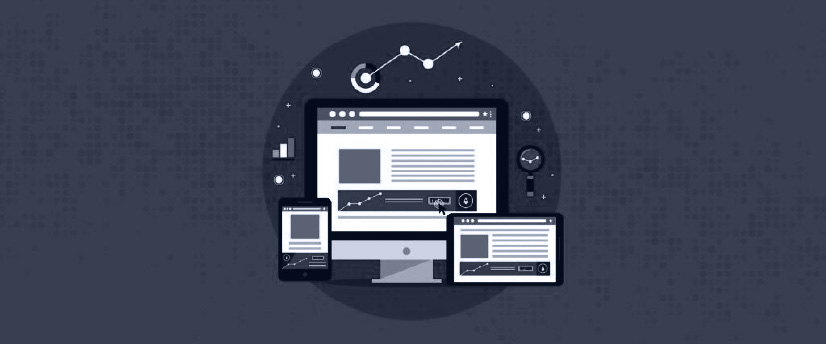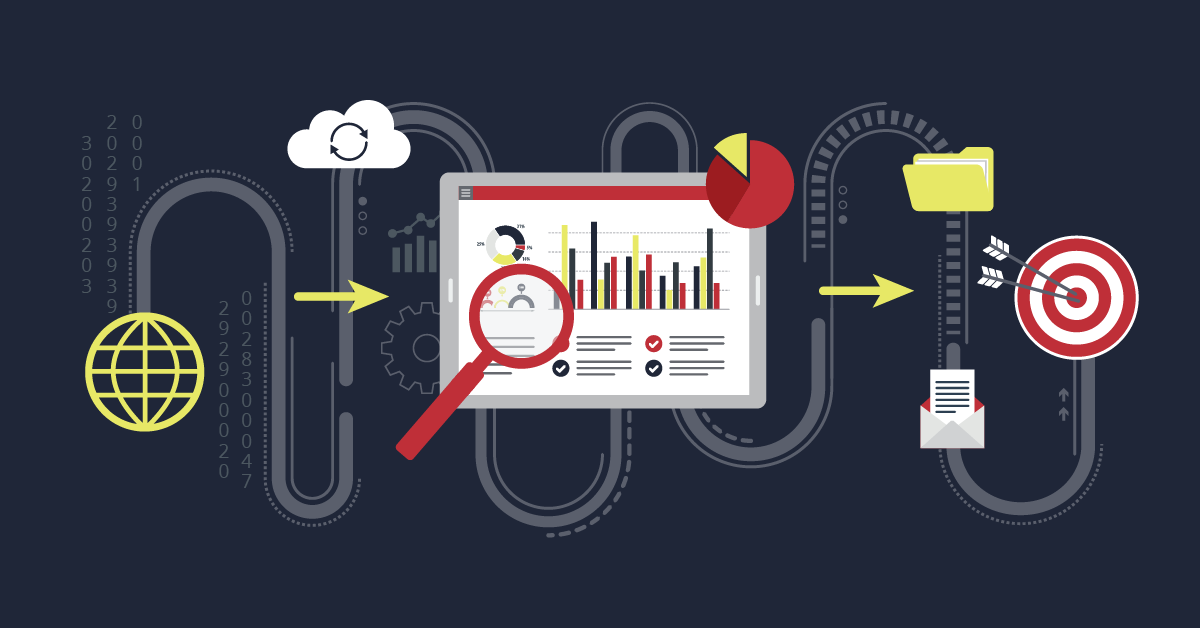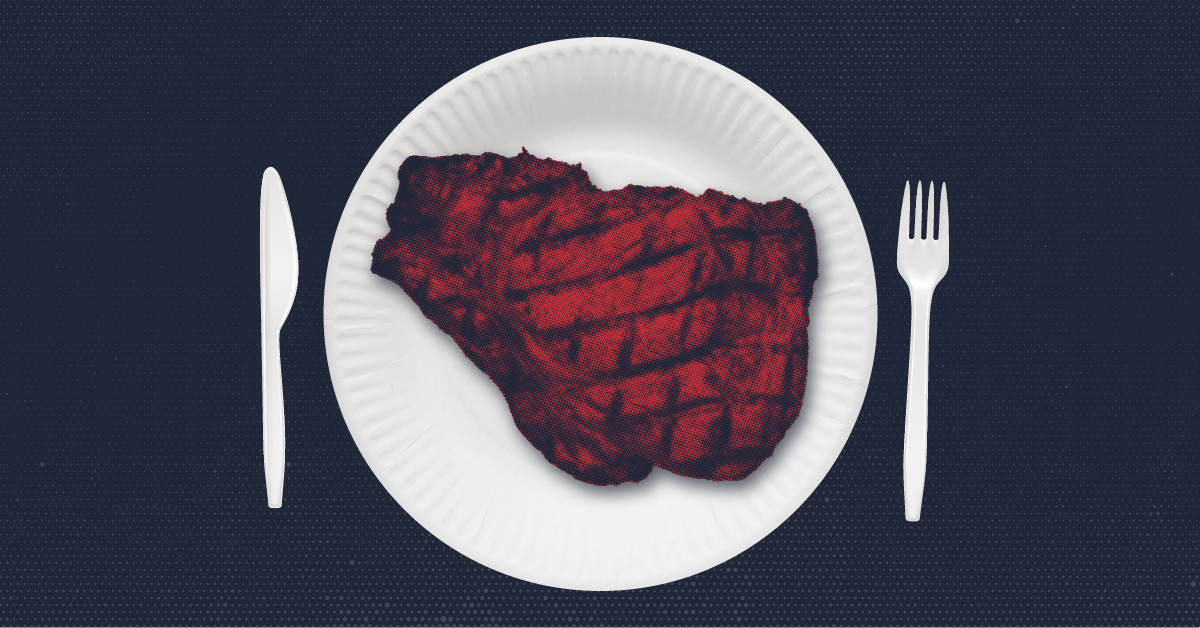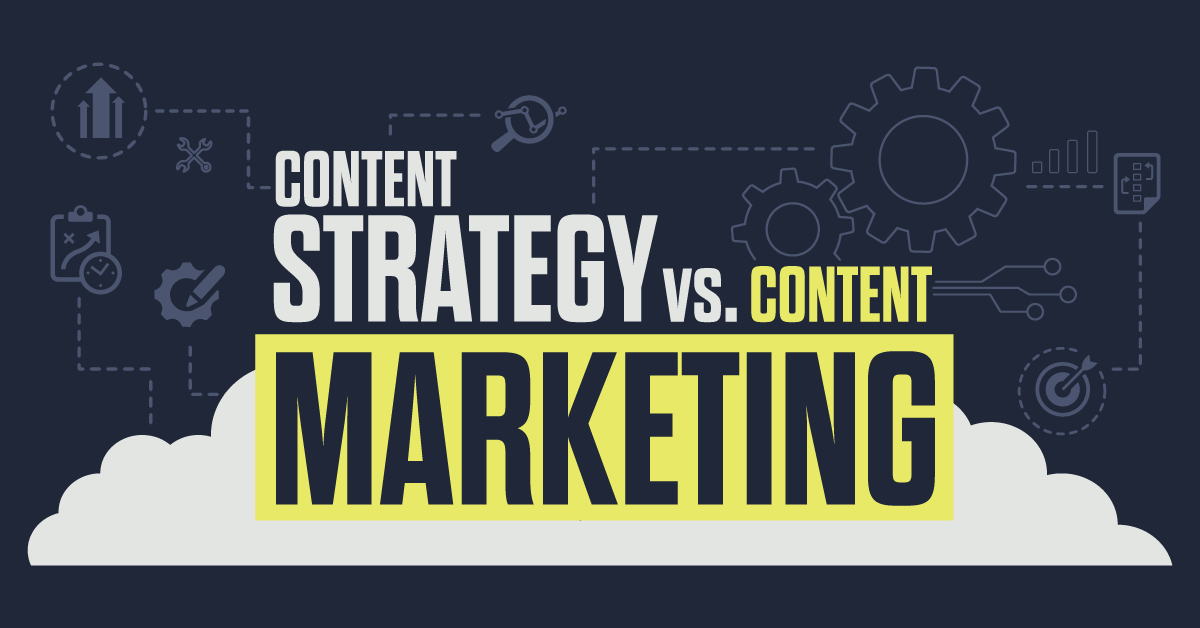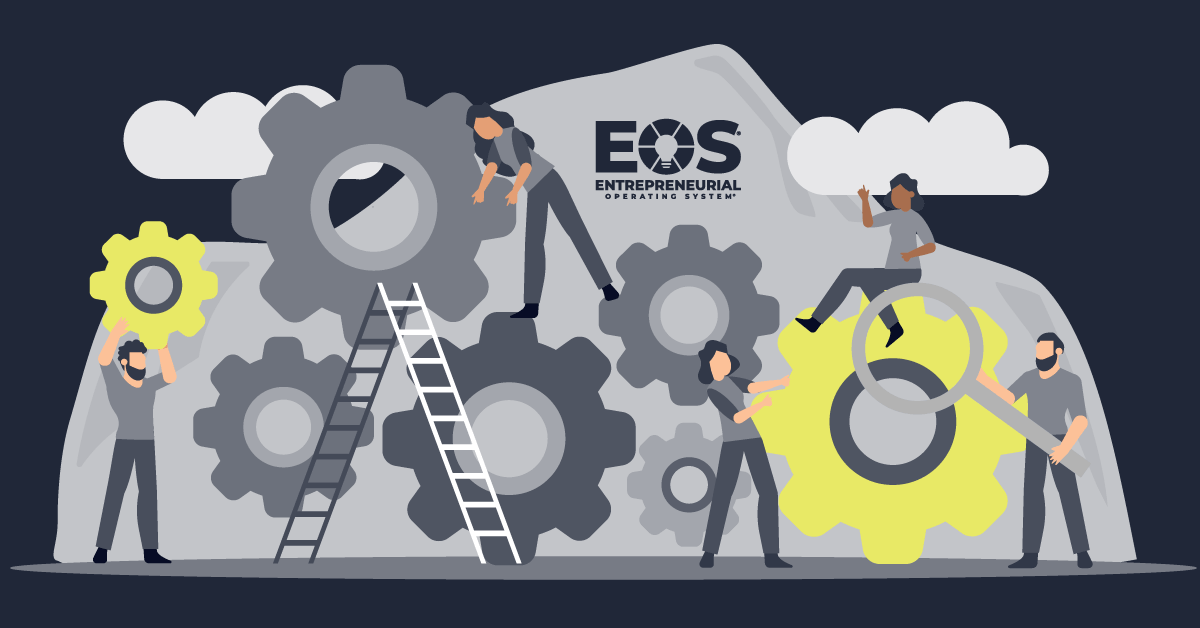More and more B2B brands are becoming fearless when it comes to digital ad services. Would you be shocked if I told you, two of our current ag clients have exclusively digital paid media plans?
Digital advertising, has been trending in the B2C industries for years but it’s finally starting to gain traction with B2B. Just seven years ago, LF’s client media plans had 15% or less of their total budgets dedicated to digital. Now we typically recommend a 60/40 or 50/50 split between traditional (e.g., print, radio, etc.) and digital placements.
This is the second year in a row that the Content Marketing Institute and MarketingProfs study found B2B brands shifting more of their total spend in the direction of digital marketing tactics.
Digging into digital
Some of the biggest confusion is what is considered digital paid media. The days of relying on website display banners is long behind us. While those are still valuable placements and tactics — new digital ad services have emerged. Some examples include email blasts, text blasts, video, native (check out my Native Advertising vs. Content Marketing Mythbusters) and the list goes on. We define these as publisher direct placements — meaning we partner with publishers who have first party data or develop relevant content on their website to our targeted industry. Additional examples that we define as digital non-direct (not directly purchased through publishers) include SEM, YouTube, remarketing, display campaigns, social and programmatic ad buying — many of these are purchased through the specific channel where they run (think Google, Bing, Facebook, etc.).
Agriculture: digital vs. print data
The 2017 Farm Journal Media Digital Audience Research study found that 85% of farmers have adopted mobile technology, 73% use websites to learn more information and 57% read e-newsletters. While these numbers are not staggering — the growth from five years ago is. The 2013 Farm Journal Media Digital Audience Research study also found that an average of 28% of respondents utilized the internet weekly for ag-specific information. Successful Farming’s 2017 Farmer’s Use of Media Study also found that 99% of farmers use agricultural magazines, while 71% utilize websites via their desktop or mobile device. When looking at all these stats — you might be wondering, how digital is trending when studies show that print is still the primary medium for the ag industry and others? Why should we invest more dollars in a channel that is not reaching the entire audience?
So glad you asked.
Why make the switch to digital ad services?
They are trackable – all of it is. Whether you are measuring overall campaign reach, engagement or generating hard sales leads. Because of this, there are even more benefits. You can test which messages, campaigns, offers and placements to see what drives the action you are measuring success with, using your key performance indicator (KPI). Digital advertising also allows you to target your exact audience by location, crop size, crop type and number of livestock head just to name a few examples. That means, you are investing only in an audience who will be interested in your message, product or service.
Are you ready?
When should you make digital ad services more of a priority? While this is a large question that should really warrant a separate blog post — the below are some good rules of thumb.
1. Does your website look, feel and move visitors down the conversion funnel the way you want? There is no sense in driving traffic to a website that’s not performing.
2. Do you have the ability to generate forms via your website or develop a landing/squeeze page? Certain campaigns and ad placements are designed for lead generation or to elicit some specific action.
3. Are you developing strong thought leadership content via a blog or other means? Native advertising is trending and for good reason, it works! The best native campaigns help solve industry problems or answer questions instead of advertising their product. This builds a relationship with your customers through thought leadership.
4. Have you been slowly migrating toward digital? We do not recommend turning off traditional forms of media, rather making the transition over a few years. This allows you to understand what works and your customers to get used to seeing and learning about your brand digitally.
5. Do your ad campaigns have a strong call-to-action? It’s important to have a desired action to drive and measure success.
6. Do you have a dealer co-op program that supports traditional media expenses on a local level? Investing in local and trusted print publications and radio provide a great supplemental and trusted consumption of advertiser’s message. This type of ad placement and messaging allows for different calls to action than a national media plan can – examples include speaking about available inventory, where someone can buy, local case studies, etc.
Mini case study
In 2017, we ran two campaigns for a single client using publisher targeted custom e-blasts, t-blasts, e-newsletters and ROS (run-of-site) display banners. One campaign offered a finance incentive and the other offered a branded Yeti® if the customer completed our desired action (pro tip: using a nice incentive is important to get the customer to follow through). Each campaign ran for one month to six weeks. Both campaigns combined, generated over 275,000 impressions, 2,200 clicks, more than 100 leads on landing pages and resulted in over $1 million in sales. This is a perfect example to show that digital ad services will pay dividends, if planned and purchased in a strategic and thoughtful manner.
Learn more
Our team is ready and willing to answer your digital media questions! Let us help you find the right balance of print and digital paid media for your brand — contact us today.
Originally published March 26, 2020.
LF Newsletter Alert
Want Lessing-Flynn to rock the socks off your inbox with insights and more?
